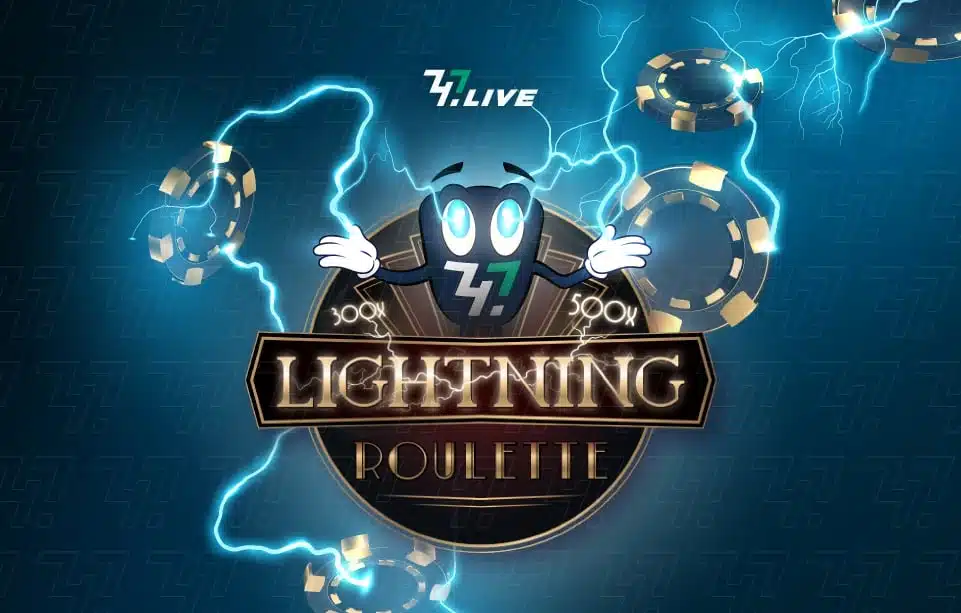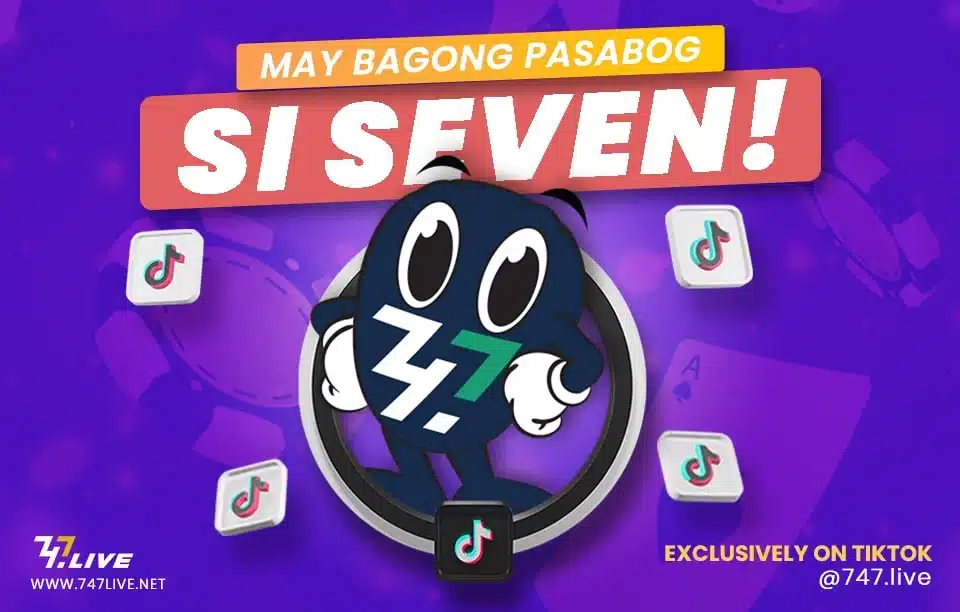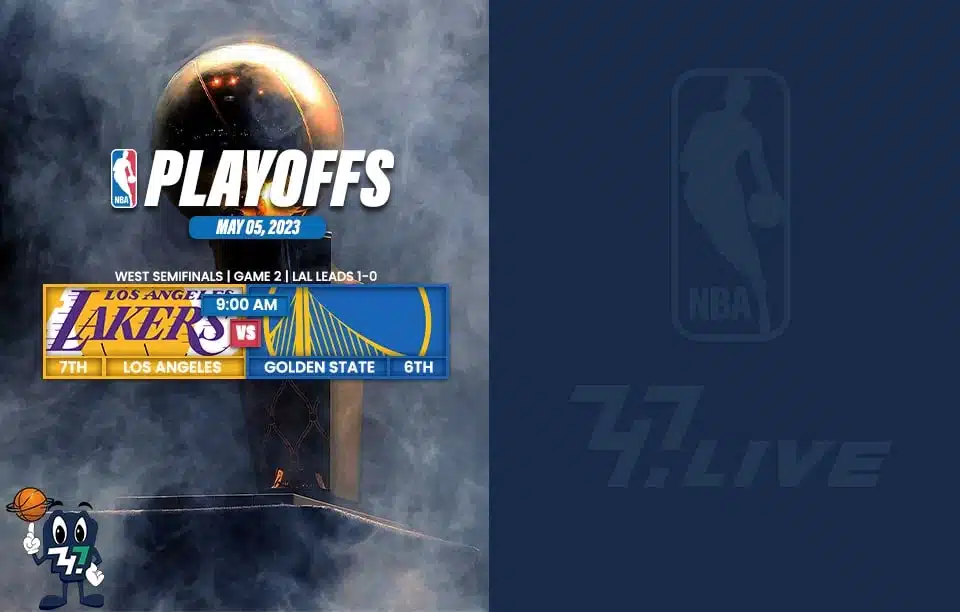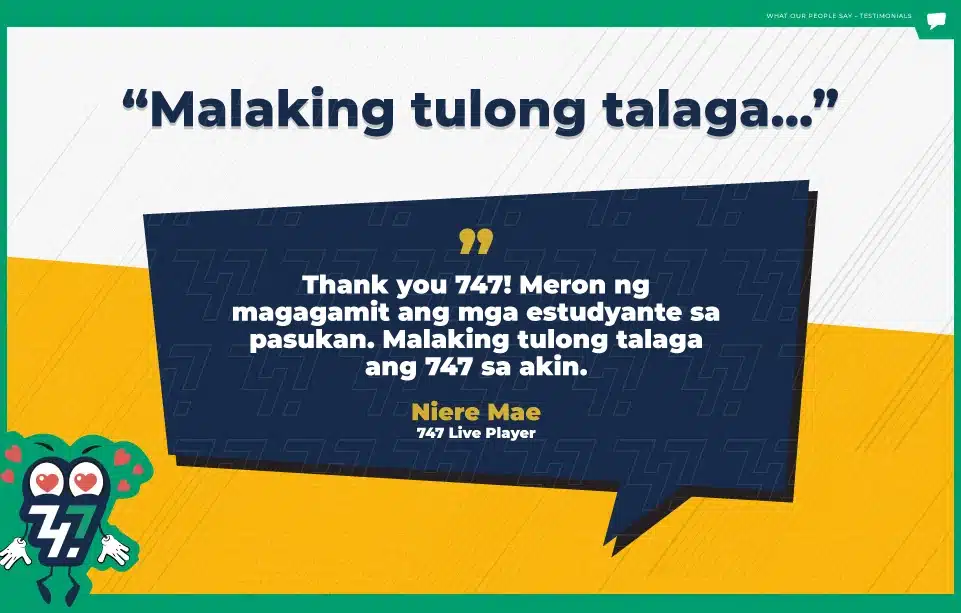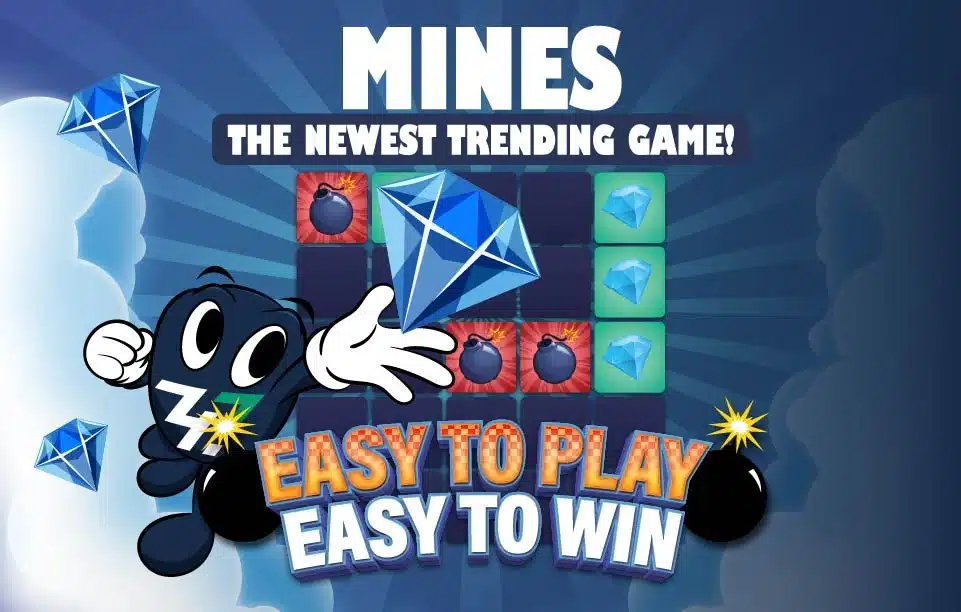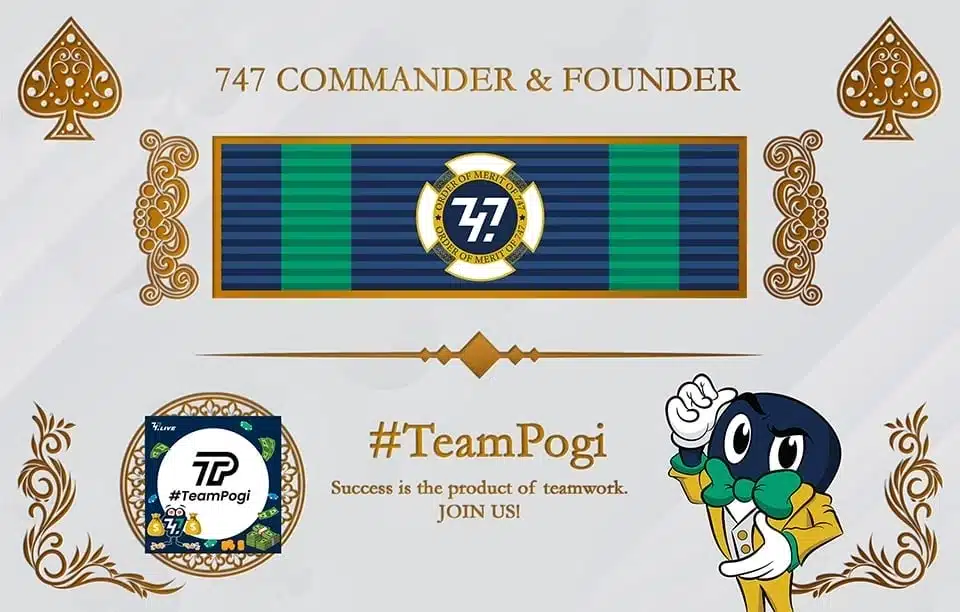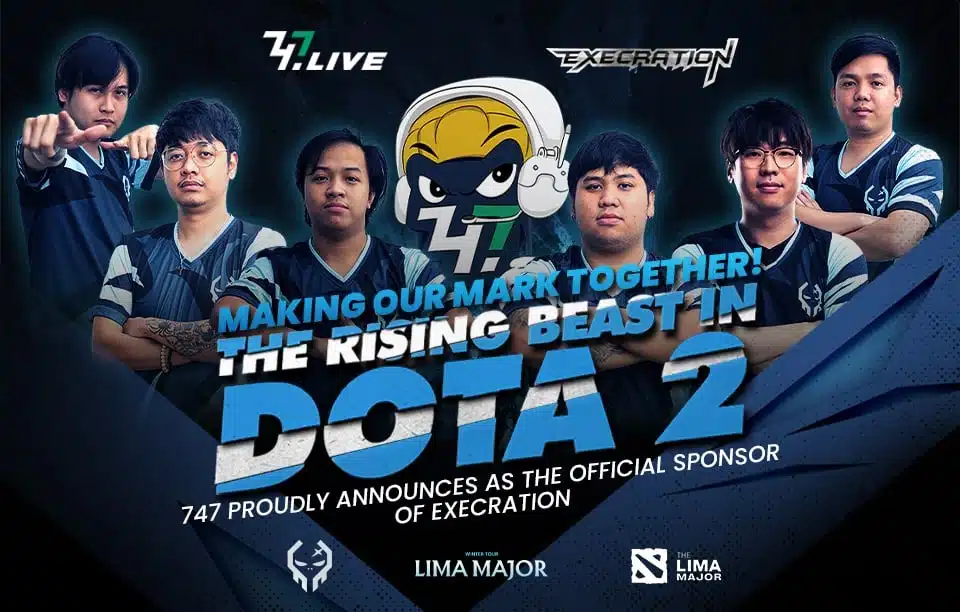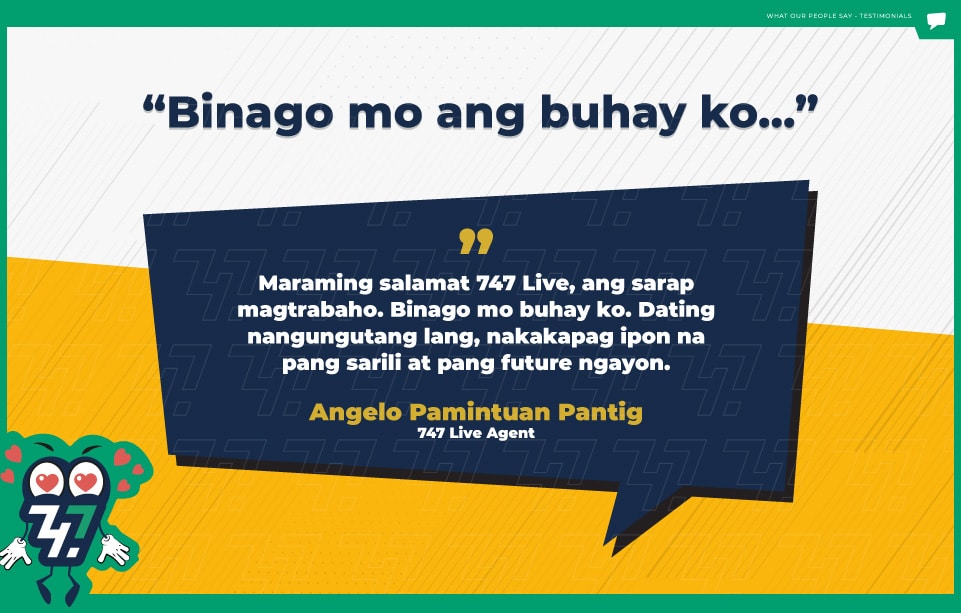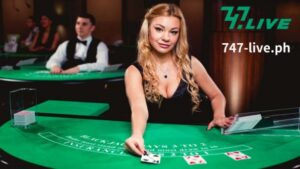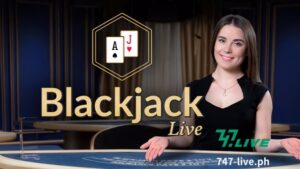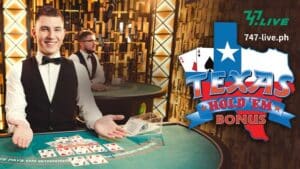Table of Contents
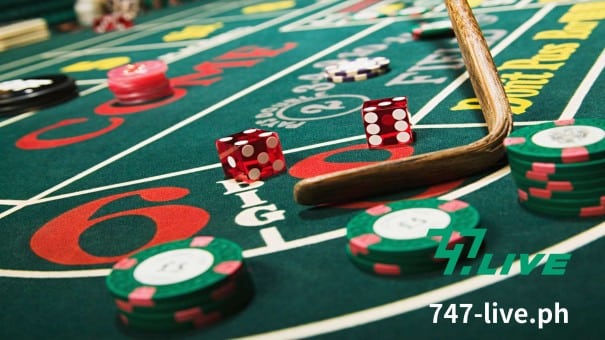
Craps is one of many casino games where the house has an edge over players. For example, casinos have a 1.36% edge over those who make don’t pass line bets.
You can lower the house advantage further by making odds bets. These wagers pay at true odds of winning, hence the lack of a house edge.
Even still, you have to make either a pass line or a don’t pass line bet before you have access to odds. This ensures that every player is at a disadvantage in some capacity.
But, craps also has advantage play methods. These include dice sliding and controlled shooting. What are dice sliding and controlled shooting? And which is the better advantage technique?
Find out as I cover how both of these strategies work and which one (if any) you should use to win long-term craps profits.
What Is Dice Sliding?
A standard craps roll involves tossing the dice across a table so that they hit the back wall. This is considered a legitimate dice toss in a casino because it produces completely random results.
Dice sliding differs in that you’re not tossing the dice across a table. Instead, this technique is exactly how it sounds in that you’re simply sliding the dice on the table.
The problem with this method, however, is that no casino allows dice sliding. The dice must be tossed down the table in a reasonable manner.
All state gambling jurisdictions have language in their laws that invalidate any “roll” where the dice are slid. Instead, most jurisdictions require that the shooter makes a legitimate attempt to toss dice off the back wall.
Contrary to popular opinion, this doesn’t mean that the dice must always hit the back wall. Instead, a gambling jurisdiction may only require that the shooter makes a “good faith” attempt to touch the wall.
The boxman can make a judgment call on what they deem to be an invalid dice roll. They may allow some tosses where one of the two dice slides, rather than rolls.
But, what’s clear is that you’re not going to get away with sliding both dice down the table every single time.
How Does Dice Sliding Work?
The goal of this technique is to slide the cubes down the table so that they don’t roll. This keeps the dice in the exact same position as when you send them down the table and reduces randomness.
Here’s an example:
- You start with sixes on the outside facing upward.
- You slide the dice down the table.
- They barely brush the back wall and remain with sixes facing up.
As I covered above, casinos don’t allow dice sliding if they spot it. A craps table crew will let one or two slides go under the assumption that you have a weak arm.
But if they see you roll dice down the table two or three times, they’re going to warn you that this isn’t allowed.
Most players will quit sliding the dice at this point. But continuing to violate the rule will likely end up in you getting kicked off the table.
This is why dice sliders work with accomplices. Many bring one or two other people to the casino to distract the dealer(s) with questions and small talk.
A perfect example is when Argentine professional gamblers Leo Fernandez and Veronica Dabul used dice sliding at The Wynn in 2011.
Dabul distracted the dealers while Fernandez slid the dice down the table. This scheme works so well that they earned over $700,000 before being arrested.
Wynn’s security eventually noticed what the pair was doing and called the police. The duo was later sued by The Wynn to recover the $700k.
Obviously, things didn’t work out for them in the end. But you can see that dice sliding does return profits when done effectively.
Pros and Cons of Dice Control
The best thing about dice control is that it results in profits when used by a skilled gambler. Fernandez and Dabul are not the only gamblers who’ve made money through this advantage play technique.
Another good thing about dice sliding is that it’s easier than many other advantage methods.
It doesn’t require gamblers to master all the intricacies of card counting or ace sequencing. Instead, you just need to be good at sliding the dice down the felt so that they end up near or at the back wall.
The biggest downside to dice sliding is that it’s against casino rules. And if it’s obvious that you’re sliding dice to beat the casino, then law enforcement may get involved.
Dice sliding is one of the easier cheating methods to catch. Casino security can easily see when a player is sliding dice down the felt (hand low) versus tossing them (hand high).
Another problem is that it can be hard to get proper timing down on the slide. While the basic practice of sliding dice is easy, it’s hard to pull off at the perfect moment when the dealer isn’t paying attention.
One more drawback is that newer craps tables raise the felt slightly in portions of the table. For example, a table might have a thin raised line going down the middle.
Although slight, this rise is enough to throw dice sliders off and ruin the technique.
Needless to say, you also can’t control your shooting or sliding method if you’re playing craps online.
What Is Controlled Shooting?
Controlled shooting (a.k.a. dice control) is the practice of tossing the dice in a consistent manner. The goal is to throw dice in the same manner every time and limit random randomness.
The best way to do this is by holding the dice in a certain way (a.k.a. setting) and lightly tossing them so that they barely touch the back wall.
Dice control proponents believe that they can occasionally control the results by becoming skilled shooters. And what’s interesting is that you don’t have to change the results very often to become a long-term winner with this technique.
One way that controlled shooters measure their success is by Sevens: Rolls Ratio (a.k.a. RSR). This alludes to the ratio of rolls that produce a seven against those that don’t.
The average player has an RSR of 6:1, meaning they toss a 7 on one out of every six rolls (16.67%). But dice control experts look to roll 7 fewer than one out of six times.
Here’s an example of how they can improve their fortunes with a Place 8 bet:
- Place 8 payout is 7:6.
- True odds of winning are 6:5 (house edge is 1.52%).
- You need 8 to be rolled before 7 to win.
- 8 is rolled five times for every 36 rolls (36:5).
- 7 is rolled six times for every 36 rolls (36:6).
- You bet $10 on each place 8.
- You earn $11.67 for each win.
- You win $58.35 for every 36 rolls (5 x 11.67).
- You lose $10 for each loss.
- You lose $60 on every 36 rolls (6 x 10).
Now, assume that you’re able to change the number of times you roll an 8 in this situation:
- 8 is rolled 5.5 times for every 36 rolls (36:5.5).
- You bet $10 on place 8.
- You win $64.18 for every 36 rolls (5.5 x 11.67).
- You lose $60 for every 36 rolls.
- You earn a $4.19 profit.
Just by rolling 8 an extra half a time in 36 tries, you’ve now swung a theoretical loss into a profit.
How Does Controlled Shooting Work?
Controlled shooting begins with how you set the dice. The idea behind setting the dice, or gripping them the same way every time, is that you want to cover up numbers that cause your bet to lose.
Craps features many different sets based on the specific bet you’re making. But one of the most common places to begin is with the V-set on a Place 6 or 8 bets.
Here are the different components of a V-set:
- 3s face upward in a V-shape (better chance to toss 6).
- 5 and 1 are beside each other and exposed (equals 6).
- 2 and 6 are beside each other and exposed (equals 8).
- 4 and 4 are beside each other and exposed (equals 8).
The next step is to practice your dice toss. You want to begin in the same spot on the table every time and try to throw the dice with the same consistency.
Dice controllers claim that this is similar to a professional athlete working on their craft every day to develop repetition. For example, a professional baseball pitcher works on throwing pitches in certain locations of the strike zone.
Of course, one problem with practicing is that not everybody has a craps table around. This is why you’re advised to purchase a practice table or rig up your own.
You can find generic craps tables on eBay or other auction sites. You can also purchase a craps table top and set it on a regular table.
Those who really want to go all out can buy a regulation craps setup. But be advised that this will cost you thousands of dollars and take up lots of space in your home.
Pros & Cons of Controlled Shooting
The best thing about controlled shooting is that casinos tolerate it. Unlike other advantage-play techniques, such as card counting and ace sequencing, the pit boss and security won’t hound a winning controlled shooter.
This allows you to freely set the dice and practice tossing them in the same manner without worry. And you can make as much money as possible without being asked to leave the casino.
Another pro to controlled shooting is that it’s more fun than other advantage-play methods. This is a physical skill that you hone with months of practice.
The biggest drawback to dice control is that there’s no legitimate proof it actually works. The idea of controlled shooting comes from gambling authors like Chris Pawlicki, Frank Scoblete, and Dominic LoRiggio.
They’ve all made a fortune off selling books and courses revolving around dice control. Scoblete and LoRiggio have especially cashed in with their Golden Touch business, which teaches seminars for over $1,500 a head.
I’m not saying that this automatically means these guys are scammers and controlled shooting is a myth. But it seems pricey to charge over $1,500 for learning a technique that hasn’t been proven.
Furthermore, why are casinos allowing dice control if it’s so effective? They’ll throw out anybody who’s suspected of being a card counter, yet they’ll allow controlled shooters all day.
This brings me to another downside in that you could put lots of effort into the matter; only to one day discover that you’ve wasted your time. You should do some serious thinking about the controlled shooting before pouring time or finances into it.
Is Dice Control or Controlled Shooting Better?
I’ve covered the positives and negatives to dice sliding and controlled shooting. And it’s difficult to say which advantage-play method is superior.
Dice sliding is interesting because it actually works. Some players have made a fortune by sliding dice down the felt.
The key problem, though, is that this is illegal in many casino jurisdictions. You won’t be arrested just for an accidental slide, but the chances increase if you’re trying to scam the casino.
Controlled shooting has an advantage here because it’s legal and casinos won’t sweat you. Dice control experts are free to do their thing at any craps table.
But the only reason it’s allowed is because there’s no proof that dice control actually works. The main proponents are those who’ve made a fortune selling materials and seminars related to the matter.
Therefore, I can’t really endorse dice sliding or controlled shooting. One is illegal, while the other offers no evidence that it indeed works.
Conclusion
Craps isn’t a good game to play if you’re looking to gain an advantage in the casino.
You risk being kicked out of the casino or even going to jail with dice sliding. And you risk losing time and money by subscribing to controlled shooting.
Instead, craps is great for amateur gamblers who want a strong chance to win. Earlier I covered how you can lower the house edge by making pass line or don’t pass line bets coupled with odds.
Betting 2x odds behind the pass line leads to a 0.61% house edge. And wagering 2x odds behind the don’t pass line leads to a 0.46% house advantage.
Both of these house edges are lower than just about every other casino game. What’s impressive is that you don’t even need to use an in-depth strategy to lower the house advantage this far.
In summary, you’re better off using a basic craps strategy and giving yourself an excellent shot to win. As for dice sliding and controlled shooting, save these for other players.
MORE: 747 LIVE


